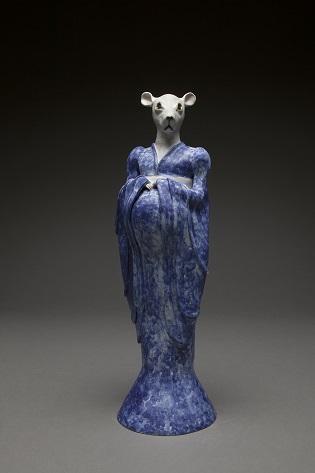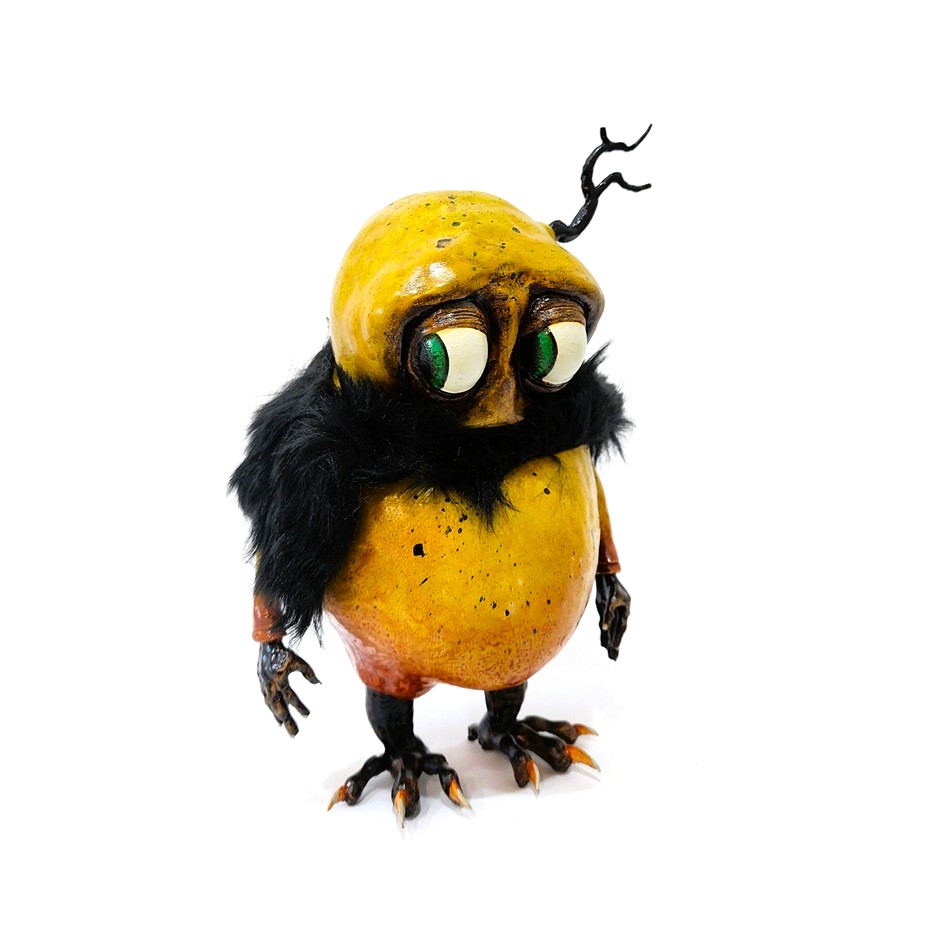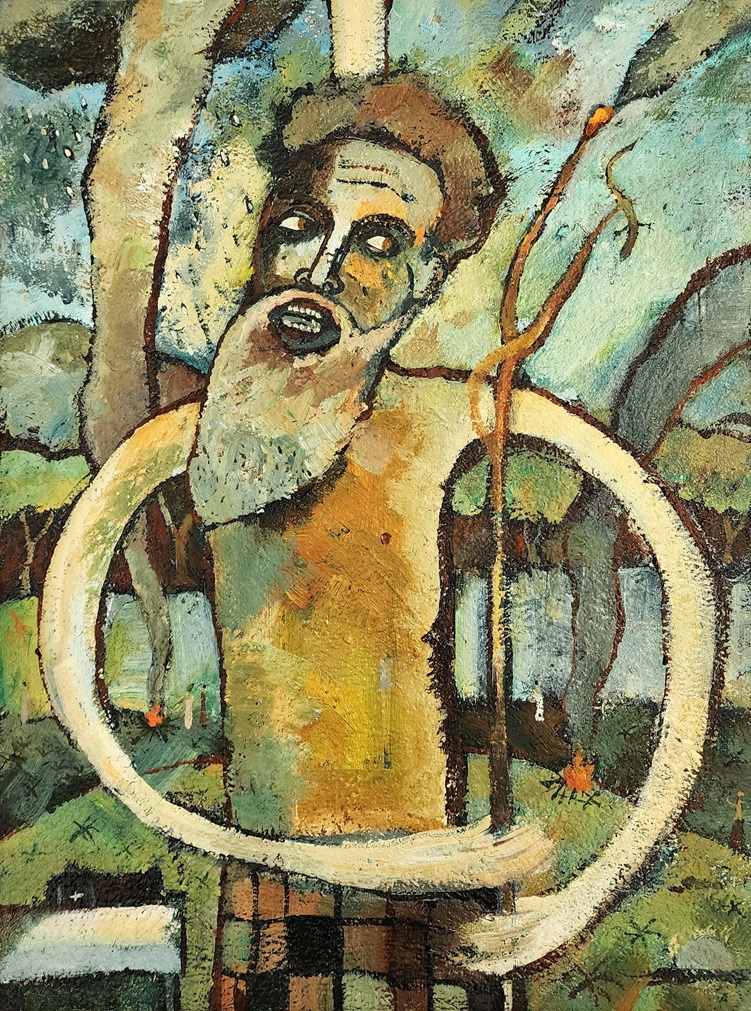Previous Exhibitions

Predator Free 2050 is a strategy to eradicate all rats, stoats, ferrets, weasels and possums from New Zealand by the year 2050.
In this month’s exhibition, Angela Tier draws attention to our rat and mouse populations, and the nearing target date for a predator free Aotearoa.
The artist’s stoneware sculptures invite us to consider how quickly rat and mouse populations can increase, and how advances in science and technology could change the way we manage pest control in the future, with methods such as gene editing, pest specific bait and fertility control.
The artist's statement for this exhibition is set out beneath the images below. If you're in Palmerston North this month, be sure to come take a look at this stunning exhibition - gallery hours are 11am to 3pm Thursday to Sunday.
2050 – Artist’s statement
New Zealand’s first rats were kiore (Pacific rats), which arrived with Polynesian explorers. Kiore were widespread across Aotearoa before European settlement, but now are confined to Fiordland and offshore islands. The Norway rat was introduced in the 18th century and is now common in wet habitats, urban areas and offshore islands. A third rat, the ship rat, is currently widespread throughout New Zealand after being introduced in the North Island in 1860s and South Island in the 1890s. The ship rat has thrived here and continues to be an ongoing problem, especially when it comes to protecting our native species from declining numbers and extinction. Lastly, we have the common house mouse, which is also a problem for native species.
In New York, rodent issues have led to research and development into humane pest control methods, by using oral contraceptives to alter hormones in rodents to decrease their fertility. ContraPest is a contraceptive powder for rodents that is being marketed as a modern pain free way to reduce rat populations from people’s homes and businesses over time without harming the rat. The rat is able to live out its normal lifespan, but without the ability to breed in vast numbers. According to information on the Contrapest website, just two rats reproducing can be responsible for up to 15,000 descendants – and that’s an infestation indeed! Using Contrapest is as easy as sprinkling the low-risk powder onto food bait deployed in child and dog safe devices. The rats willingly consume this and it changes their hormones for up to a year, lessening the rate of new litters and dramatically reducing the population of new rats
In New Zealand, other scientific options for pest control being explored are the Trojan Female technique of gene editing, which renders the male offspring infertile, as well as species-specific poison which targets one pest group. The fertility treatment option by Contrapest is being closely followed, but so far is not in the running as a pest control method here. It targets the Norway rat and ship rat species, which could be of great use in New Zealand to control rat populations, if used in the way designed and kept out of reach of pets and children; but could it be dispensed safely in our native bush and surrounding public areas without affecting our biodiversity? And what are the adverse risks or effects?
The target date for Predator Free Aotearoa 2050 is now less than 30 years away, which doesn’t seem that far off if you consider how long we have been trying to manage invasive introduced species in Aotearoa. The main way we have managed pests over the years in New Zealand has been to mistakenly introduce new species such as stoats to control rabbit populations, as well as some foreign birds such as the yellowhammer and magpie to control insects for the agricultural industry, but the methods more commonly known and still in use today are trapping, shooting and registered poisons. However, advances in science and technology could change the way we manage pests in the coming years with methods such as gene editing, pest specific bait and fertility control. Information, research, and time is what is needed here to make an informed choice, but the clock is ticking, and the goal of being predator free by 2050 is just around the corner.
Exhibition runs until Sunday 26 February 2023












